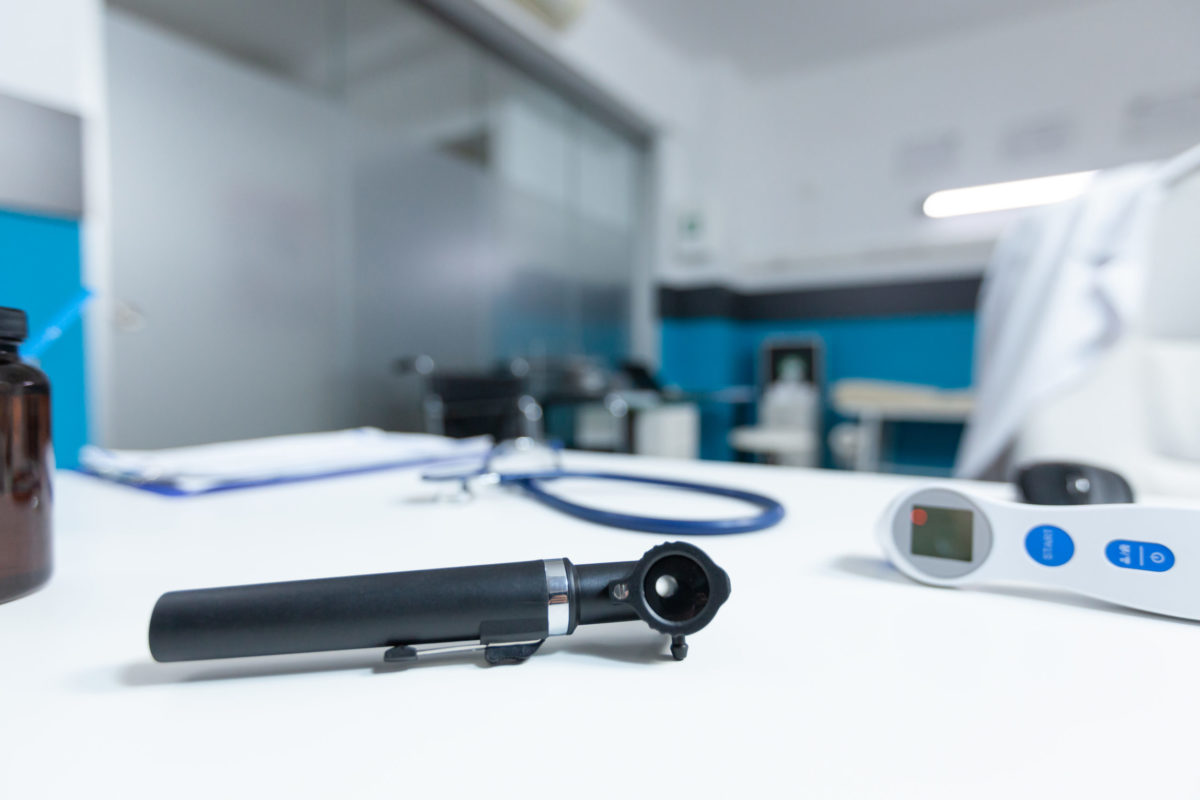When was the last time you evaluated your facility’s exam tables or exam table upholstery? Have you evaluated your exam tables to ensure they are safe for use? In a time when infectious diseases are rapidly changing the healthcare landscape, it is more important than ever for your exam tables to help reduce healthcare-associated infections (HAIs) and not contribute to them. Is your exam table harboring bacteria?
Is the exam table harboring bacteria in holes, slits, gashes & visible foam?
Holes, slits or gashes in your exam table’s upholstery put your patients’ health at risk! Even the tiniest hole in the upholstery can harbor bacteria, where no amount of hospital-grade cleaner can reach. To reduce the risk of HAIs, replace or repair damaged upholstery as soon as possible.
In addition, if exposed, the absorbent foam inside the upholstered top can become like a sponge for blood and body fluids, bacteria or other microorganisms. The upholstered top must be replaced in this instance.
Is it harboring bacteria in fraying material?
Each patient encounter increases the wear and tear on the exam table. Over time, the edges of the upholstery may begin to wear and fray. This, too, can contribute to an increase in bacteria or other microorganisms on the exam table no matter how well it is cleaned and disinfected.
Is the exam table harboring bacteria in snagged or loose upholstery stitching?
Some upholstered tops have integrated stitching that can snag and cause additional opportunity for bacteria or other microorganisms to grow. Seamless upholstery provides less opportunity for this because the upholstery attaches where it’s out of reach. However, ensure the stitching isn’t loose and/or detaching from the exam table top.
Is the exam table harboring bacteria in debris, liquids or dried fluids on or around it?
Children vomit. Wounds ooze. Fluids spill. These substances can create an environment ripe for growing bacteria or other microorganisms. They often end up on and under the exam table — out of sight and out of mind. Also, according to the National Institutes for Health, thirteen studies were identified that supported the hypothesis that shoe soles are a vector for infectious pathogens. Fluids spilled or dripped onto the floor can transfer onto shoe soles and spread onto other surfaces. In addition, items dropped onto the floor can potentially spread these pathogens. Move your exam table to clean to reduce HAIs.
Evaluate your exam tables regularly to ensure they are safe for use by patients and staff. Reduce the risk of your exam table harboring bacteria, and reduce the risk of HAIs.







